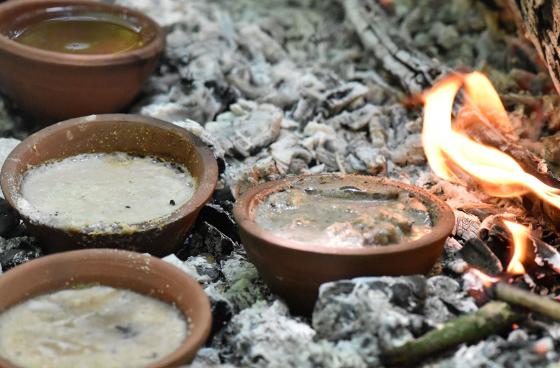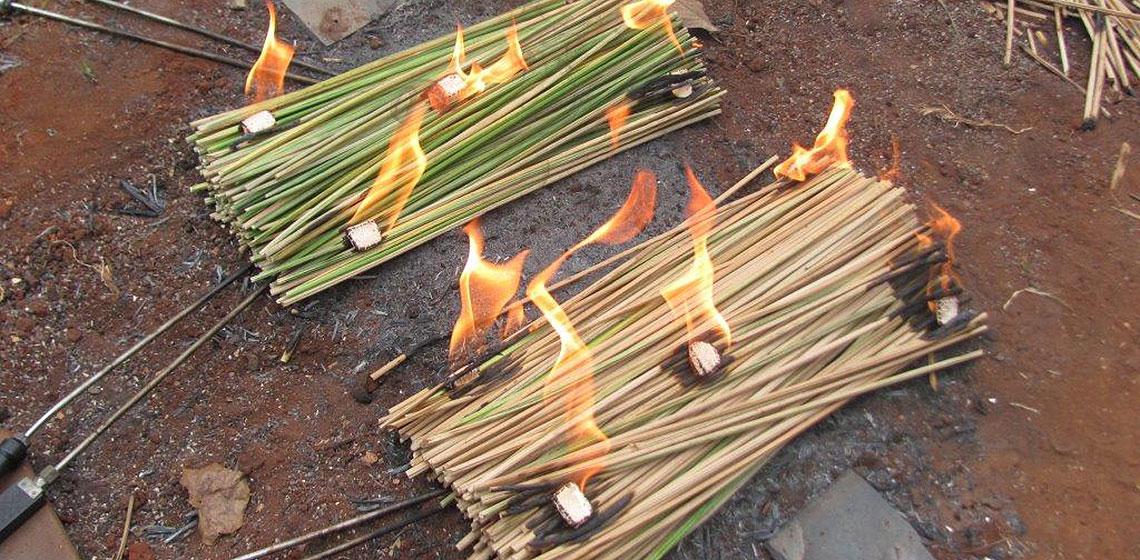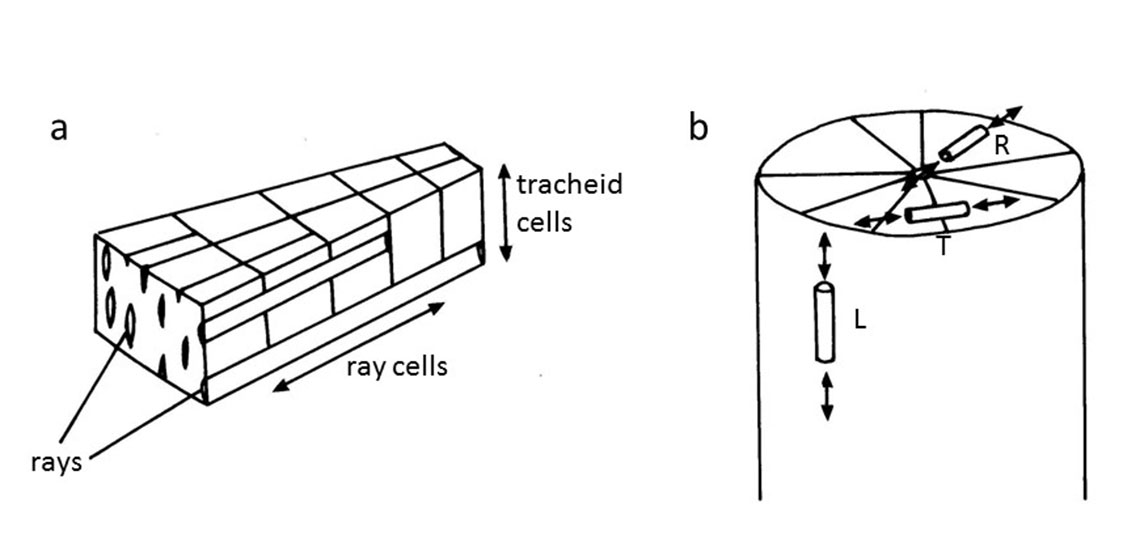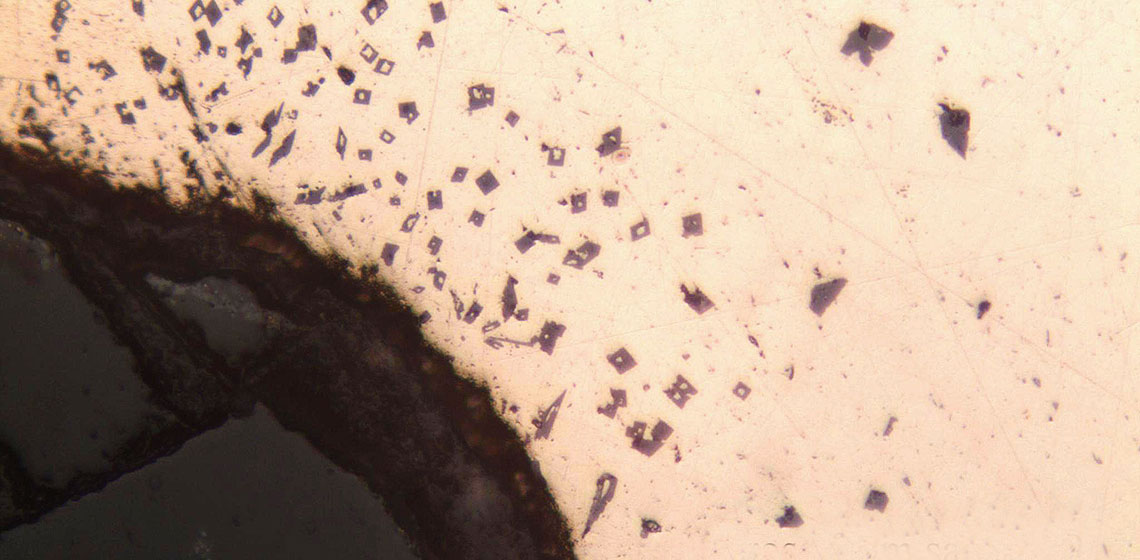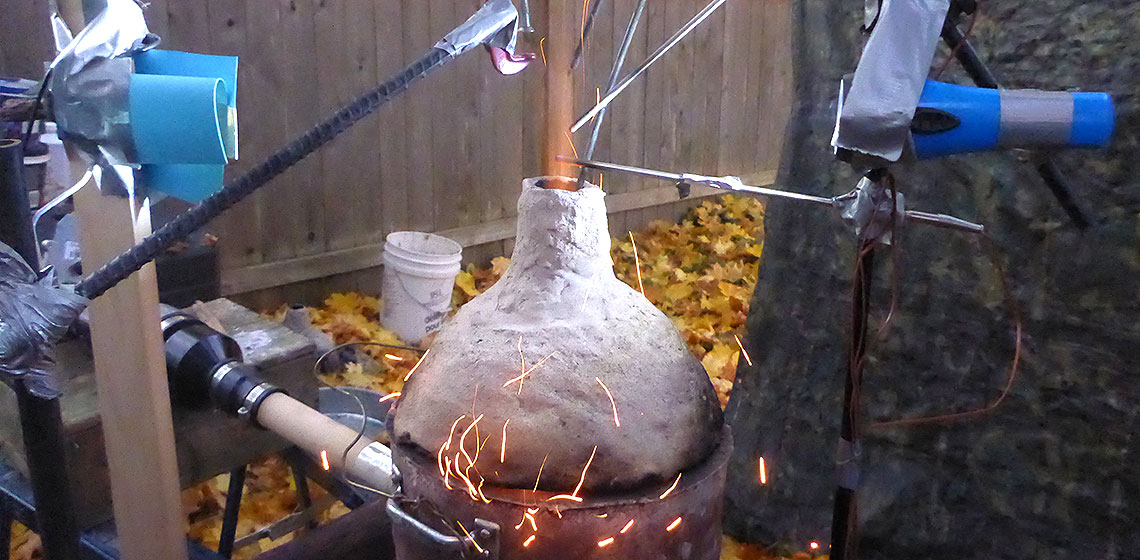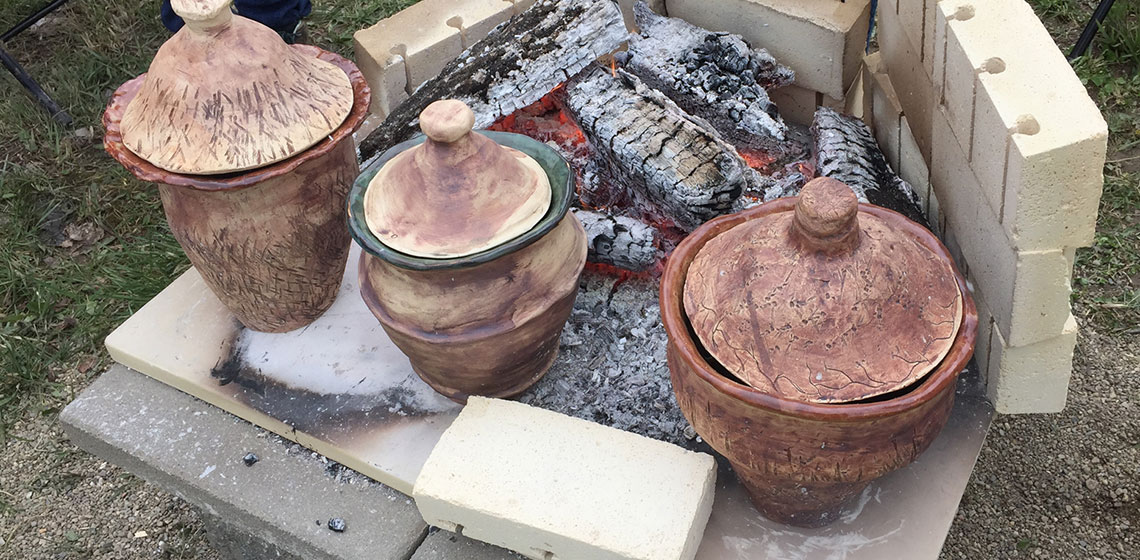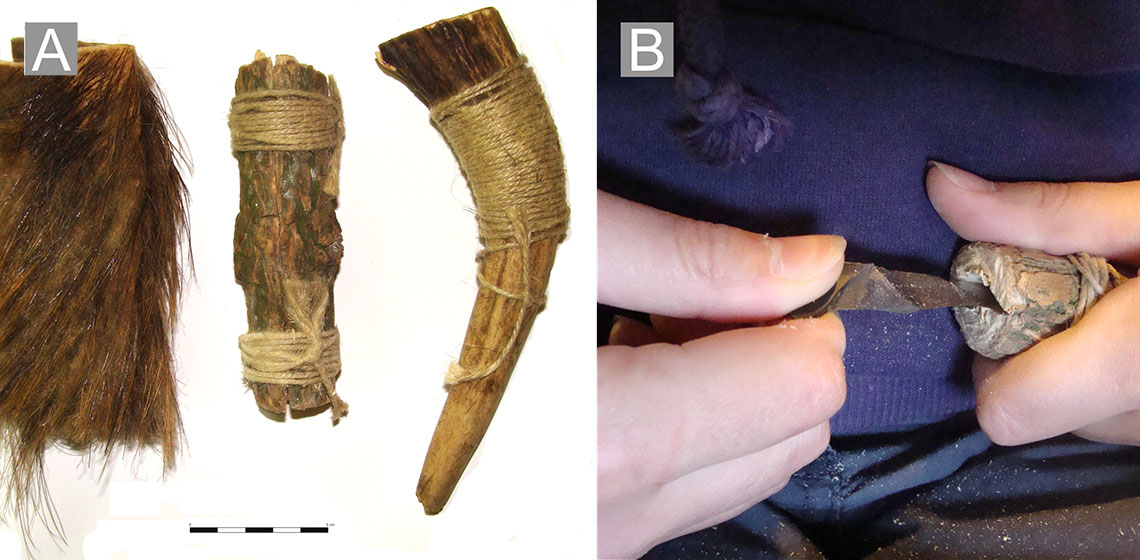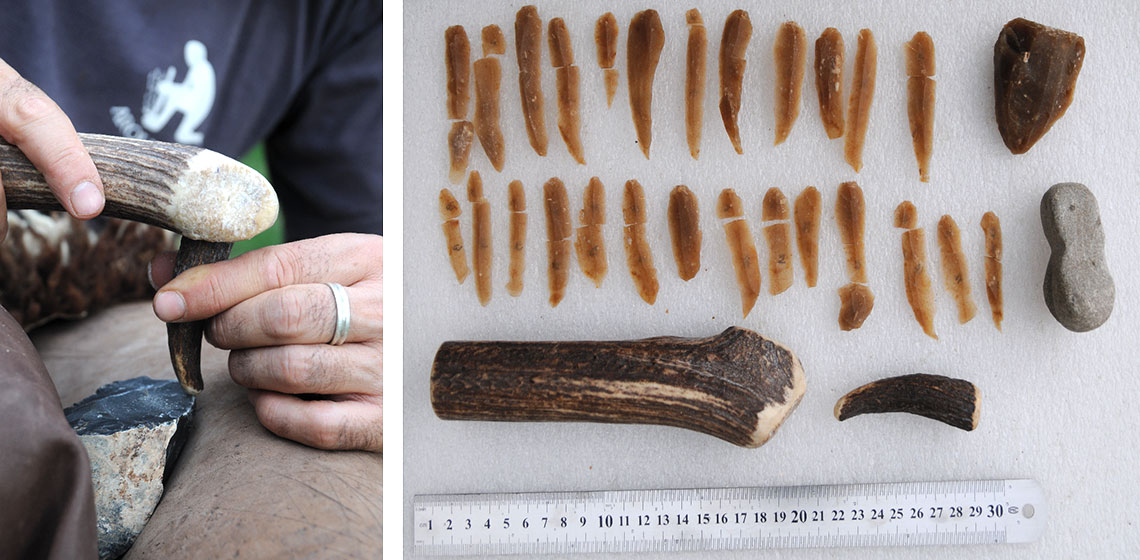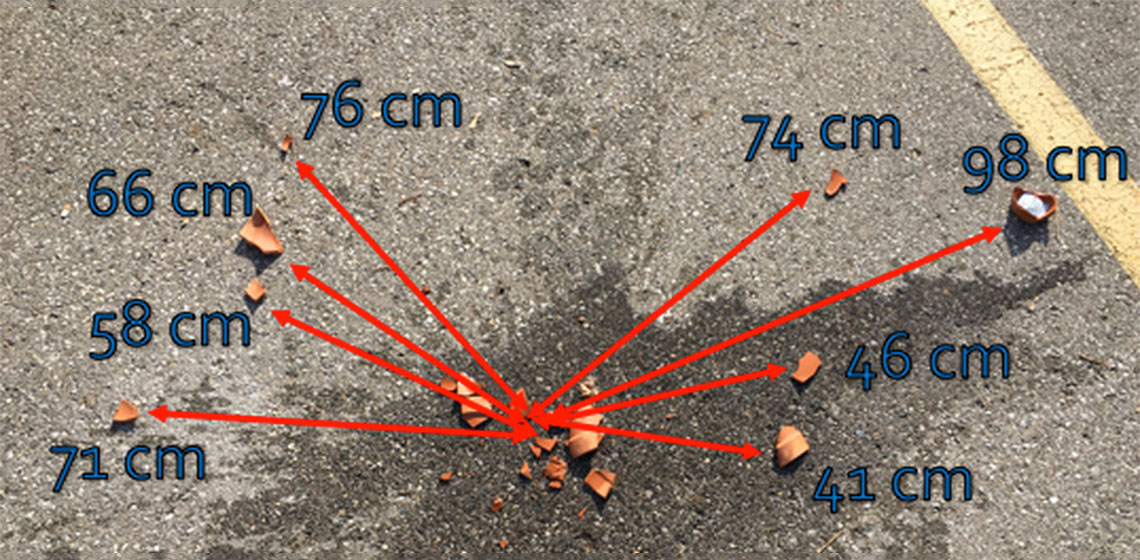Go study Experimental Archaeology in York
Unearth new answers to age-old questions! The University of York offers a new MSc/MA course in Material Culture and Experimental Archaeology starting in 2018. It is either 1 year full time or 2-3 years part time. Interweaving practical and theoretical approaches to material culture, this course explores ethnoarchaeological and experimental archaeological approaches to objects, alongside functional analyses of a broad range of artefact types. You will discover the theories underpinning our understanding of the material world while developing invaluable practical skills: from designing and executing your own experimental archaeology project, the analysis of microscopic wear and residue traces, working with objects from excavations and museum collections, to making a short documentary film for the heritage sector.
